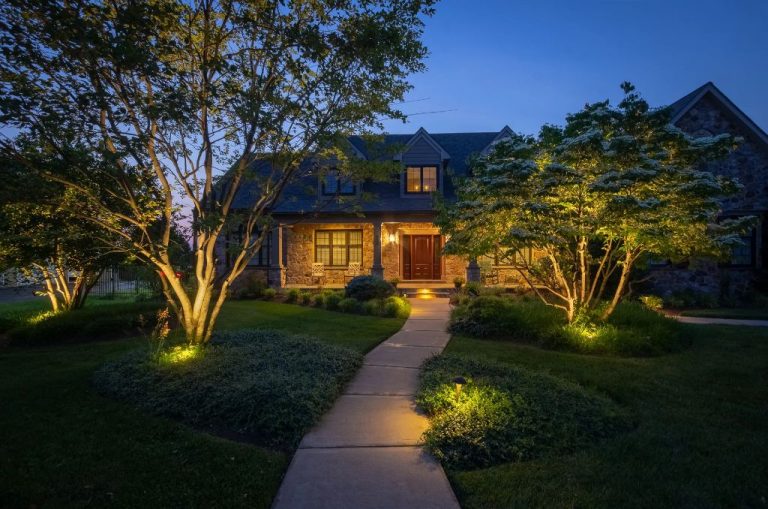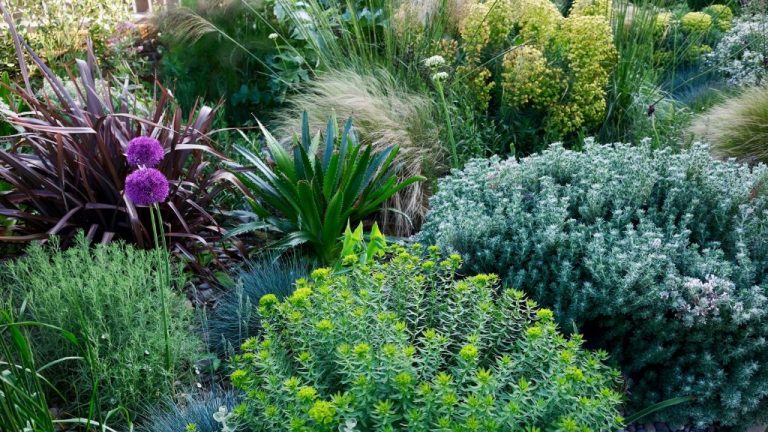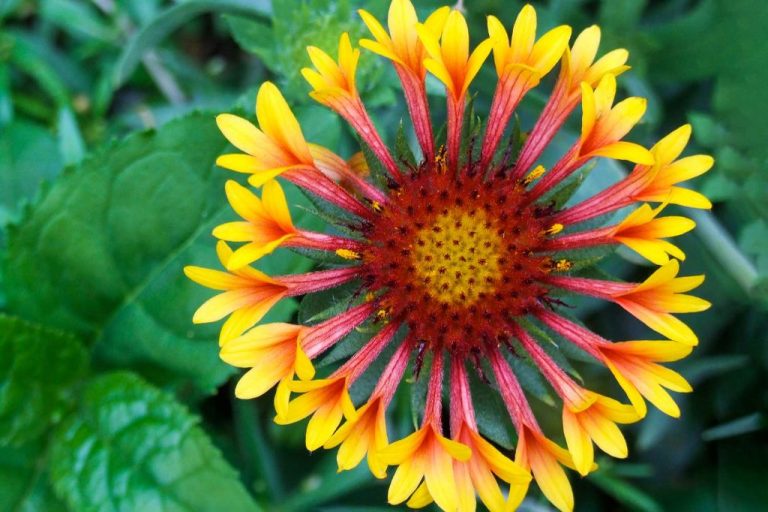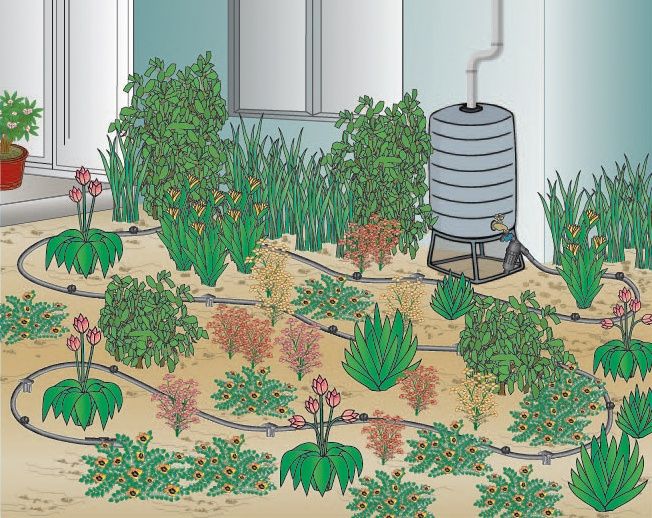Mediterranean Courtyard: Creating Intimate Outdoor Spaces
Mediterranean courtyard gardens are designed in the traditional style of outdoor spaces seen in Mediterranean countries like Italy, Spain, and Greece. Historically, courtyard gardens served as an extension of the home and provided an intimate space for relaxation, entertaining, and growing plants. Courtyards were often enclosed by the home or walls, creating a tranquil refuge from the busyness of city life.
The design of Mediterranean courtyards originated during ancient Roman times, influenced by Persian pleasure gardens. Wealthy Romans created elaborate villa gardens with geometrical paved areas, ornamental plants and pools, classical statuary, and covered walkways. These traditions continued through the Renaissance and Baroque periods as Italians developed formal courtyard designs surrounded by arcades and loggias.
Over time, Mediterranean courtyard gardens embraced more informal, asymmetrical principles but retained signature elements like container plants, vines trailing along walls, pots overflowing with flowers, carved stone fountains, and rustic wood pergolas. Their intimate scale and ornate details create a cozy outdoor living space for relaxation. Today, Mediterranean-style courtyards remain popular for evoking old-world charm and beauty.
Benefits
Mediterranean courtyard gardens provide a private and intimate outdoor space that is perfect for relaxation and entertainment. They allow fresh air and natural light into the home while also maintaining privacy from neighbors. According to this source, Mediterranean gardens offer the benefit of an intimate relationship with nature.
In addition, being outdoors in a Mediterranean courtyard can be much cooler than indoors during the hot summer months. The mix of shade trees, ornamental plants, and water features like fountains and pools helps reduce temperatures. As this article points out, Mediterranean plants are adapted to withstand hot, dry conditions which makes them perfect for courtyards.
Design Principles
The key design principles for creating a Mediterranean courtyard are: enclosure, incorporating shade, celebrating water, and using finely textured plantings (Houzz).
Enclosure is important to make the space feel intimate and private. Using walls, trellises, tall plants and other vertical elements helps define the courtyard (Homes & Gardens). Providing shade is also key, as Mediterranean climates can be quite hot and sunny. Trees, canopies, and shade structures help make the courtyard comfortable to enjoy throughout the day.
Mediterranean gardens celebrate water, so including a fountain, pool, or other water feature adds ambiance. The sound and appearance of moving water provides a cooling effect.
Finely textured plantings with silver or gray foliage are typical in Mediterranean gardens. Herbs, grasses, succulents, and olive trees thrive in this regional style.
Hardscaping
Hardscaping refers to the non-living features used in landscaping, such as stone, tiles, gravel, concrete, and fountains. Hardscaping plays an essential role in Mediterranean courtyard designs to establish the overall look and feel.
Traditional Mediterranean courtyards often use stone or tile for pathways, patios, and terraces. Popular choices include natural stone like travertine, limestone, and flagstone in warm, earthy hues that complement the environment. Terracotta tiles are also common for their durability and style. Using varied shapes and patterns adds visual interest. According to one source, “The rustic nature of Mediterranean gardens allows for a flexible approach when it comes to hardscapes” (www.gardendesign.com/landscape-design/mediterranean.html).
Smooth gravel makes an attractive ground cover and can be used for cozy seating areas. Pea gravel in neutral tones blends well. Add interest by combining larger stones with the gravel base. Fountains are a classic courtyard feature, providing soothing sounds. Opt for Mediterranean styles, like tiered or plastered.

Overall, Mediterranean courtyards strikes a careful balance between natural elements like plants and constructed hardscapes. Quality materials in earthen hues help extend the indoor space outdoors to create an inviting, Old World look.
Plantings
The Mediterranean climate offers ideal growing conditions for certain iconic plants that evoke the flavors and scents of the region. Citrus trees like lemon, lime, orange and grapefruit thrive in the mild winters and hot summers. The heavenly fragrance of lavender perfumes Mediterranean gardens. Culinary herbs like rosemary, thyme, oregano and sage impart bold sensory elements. Vines like grapes, jasmine and bougainvillea lend vertical interest and draping elegance.
According to GardenDesign, typical Mediterranean plants include “olives, grapes, roses, cypresses, lavender, thyme, fennel and poppies.” When selecting plants, focus on drought-tolerant varieties that can handle the Mediterranean heat and arid conditions.
Group pots of herbs together to create a sensory garden. Underplant citrus trees with low-growing lavender and rosemary. Train vines over pergolas and trellises. Repeat certain plants to create cohesion and harmony.
Furnishings
The furnishings for a Mediterranean courtyard should complement the elegant, relaxed atmosphere. Choosing iron, stone and wicker seating creates a natural yet sophisticated look. Comfortable chaises and benches invite lounging while bar stools and chairs arranged around dining tables establish an area for meals and conversation.
Wrought iron and wood furniture with scrolled designs and mosaic tile-topped tables add an ornate touch. Upholstered cushions in colorful patterns like geometric prints or floral motifs introduce vibrancy. Incorporating a fire pit or chiminea provides warmth and ambiance for evenings outdoors.
Creating dedicated spaces for dining or sitting enables the courtyard to accommodate different functions. Focus the furnishings around these activity areas but allow room for traffic flow between them. Mediterranean style exudes casual elegance so avoid a cluttered look by maintaining open areas.
For inspiration, see the selection of authentic Mediterranean patio furniture at Houzz or visit IKEA for affordable options with a modern twist.
Lighting
Lighting is an essential design element for Mediterranean courtyard gardens. Well-placed lighting can create an inviting ambiance and extend enjoyment of the space into the evening hours. Lanterns, sconces, and uplighting are commonly used lighting fixtures to achieve a Mediterranean style.
Lanterns made of wrought iron, tin, or brass with paned glass are a classic choice. They can be mounted on walls or posts or hung from tree branches or overhead structures. Lanterns cast a warm, intimate glow perfect for cozy courtyards. Opt for lanterns in a aged brass or verdigris finish for an authentically Mediterranean look. Use lanterns to softly illuminate seating areas, pathways, or water features. Pair smaller lanterns along a path to guide guests through the courtyard.
Wall sconces and torchères provide both accent lighting and architectural interest. Iron, clay, or aluminum sconces with scrolled or fluted details complement the Mediterranean style. Sconces work well flanking doorways, gates, or along the perimeter of the courtyard. Look for sconces with amber or creamy glass for soft, diffused light. Upward facing torchères placed in corners or recesses create dramatic uplighting effects on walls.
Uplighting is an important strategy for Mediterranean courtyard gardens. Up-lights placed within planting beds and directed upward onto walls create a warm glow and highlight architectural features. For safety, use low voltage cable lighting. The creative use of uplighting transforms courtyards into inviting, engaging spaces after dark.
For authenticity, source exterior Mediterranean style lighting from specialty retailers like Amazon or 1800Lighting. Proper lighting ensures your Mediterranean courtyard feels intimate and inviting day or night.
Accessorizing
Accessorizing a Mediterranean courtyard creates visual interest and brings the space to life. A few key accessories to incorporate are pottery, textiles, and art. Terracotta pottery and glazed ceramics in warm sunset tones work well to accent Mediterranean garden spaces. Drape lightweight textiles like linen, cotton, or lace across patio furniture or hang as curtains to soften hard surfaces and add texture. Incorporate art featuring Mediterranean themes like seascapes, local flora and fauna, or map prints. Wicker baskets overflowing with pillows or rolled towels make charming display pieces. Iron urns and planters or wooden screens can provide vertical interest. A final touch is a water feature like a ceramic fountain or tile mosaic birdbath. The soothing sound of trickling water enhances the courtyard’s tranquil ambiance.
Sources:
https://www.pinterest.com/mamoruth/mediterranean-courtyard-ideas/
Maintenance
To keep a Mediterranean courtyard looking its best, regular maintenance is required. This includes tasks like sweeping, pruning, and cleaning.
Sweeping the courtyard frequently keeps it free of leaves, dirt and debris. Use a broom to sweep up walkways, patios and other hard surfaces weekly. It’s also a good idea to sweep under potted plants and furniture regularly.
Pruning is important for keeping plants shapely and under control. Prune back overgrown branches, spent flowers and diseased portions. For most Mediterranean plants, pruning is done in late winter or early spring. Use sharp, clean pruners and make cuts just above leaf nodes or buds.
Other cleaning tasks involve hosing down outdoor surfaces to remove grime, washing potted containers, and clearing out clutter. Check for and remove weeds regularly before they have a chance to become established. Keeping on top of maintenance prevents issues and keeps a Mediterranean courtyard looking pristine.
Conclusion
In closing, Mediterranean courtyard gardens offer an inviting and intimate outdoor living space. By utilizing hardscaping, plants, furnishings, lighting and accessories inspired by the Mediterranean region, you can create a cozy courtyard filled with old-world charm. Thoughtful design principles focused on proportion, unity and sensory delights are key. Maintenance is required but manageable if using hardy, drought-resistant plants suited to the climate. With proper planning and care, a Mediterranean courtyard can become a beloved extension of your home for many years to come.
A Mediterranean courtyard invites you to slow down and savor simple pleasures – sipping coffee under a shady grape arbor, gathering with friends around a firepit, listening to the soothing sound of a wall fountain, or curling up with a book on a lounge chair nestled amidst fragrant lavender and roses. Create your own intimate oasis and enjoy the magic of the Mediterranean lifestyle.






